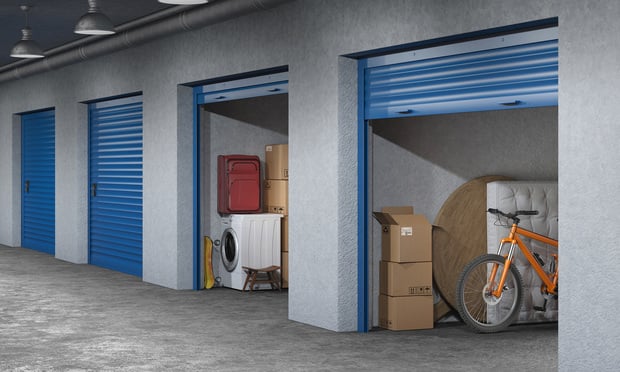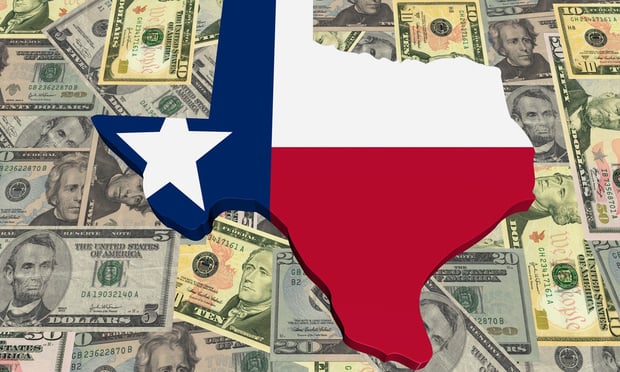The following column is from Andrew Matheny, who is Dallas Research Manager for Transwestern, a GlobeSt.com Thought Leader. The views expressed are the author's own.
For many months the national narrative has not been kind to the office sector. Empty urban districts and rosy assessments of remote work have made it challenging for companies to entice employees back to the office. Debates often take an all-or-nothing view of the value of the office, and this is a shortsighted perspective. Indeed, companies are returning to a core purpose of office: creating a place to synthesize individual lived experiences into novel solutions that bring a greater value for ourselves and society at large.
That said, not every city is on the same trajectory in their economic recovery, and flexibility is necessary for companies recruiting and retaining talent. So too must office operators and investors become more flexible in their way of doing business.
DALLAS DEFIES THE NARRATIVE
Dallas has been a leader in the office recovery, improving office fundamentals from the pandemic faster than peer cities and creating jobs at an above-average pace. It also ranks as a top market for international investors. Its success stretches beyond the general Sunbelt outperformance or its earlier reopening than New York or Chicago. Rather, there are some themes underpinning attitudes and behaviors that may be beneficial for other markets to consider.
Flight to quality is key. In Dallas, the greatest shift has been an acceleration of this trend beyond the usual suspects – even more value-oriented Class-B office tenants are reevaluating their spaces' desirability to attract employees back to the office. The flight to quality has spurred demand for new construction, even if market vacancy rates rise, and is leading urban buildings in Dallas to lease up in record time.
Office footprints will recover. Before the pandemic, companies were shrinking office footprints, decreasing the amount of space per employee. Some argue that remote work will further reduce footprints. By contrast, Dallas tenants are pursuing a highly amenitized experience for employees, resulting in no change to footprints or even growth once future hiring is incorporated into space plans. Gateway markets with denser floorplans (90-175 square feet per employee) will see similar dynamics even if a higher share of employees work from home.
Long-term leases matter in an inflationary environment. Companies have continued signing long-term leases, offsetting increasing space costs with better concession packages. In Dallas, the average lease term remains slightly above seven years; tenants are paying higher effective rents but receive higher tenant improvement allowances to build the kind of space that attracts talent. Partial conversions are the future. Dallas has seen office buildings add different uses. While some office buildings will totally convert to multifamily or hospitality, we believe partial conversions will become more common and create an attractive mixed-use experience for office, residential, and hospitality users.
HISTORY DOESN'T REPEAT BUT OFTEN RHYMES
In the 1980s, economic growth from migration, rising oil prices, a booming energy sector led to an unprecedented volume of office construction in Dallas, with office inventory increasing over 100% between 1982 and 1988, Dallas office inventory increased over 100%. The real estate boom ended with the Oil Bust and other shocks, leading office vacancies to peak at nearly 30%. It took a decade for Dallas vacancy rates to return to anything resembling an equilibrium.
The reality check of the 80s taught Texas – and the country – many lessons. It taught us looked beyond technical analysis, focusing on niches and sets of properties the market deemed competitive. It taught us that inherent attributes were key to creating an experience that attracted demand – ultimately determining which properties were successful and which properties struggled.
Simply stated, quality was the key to office performance when there was far more supply than tenants could absorb.
There are parallels between past and present. The most obvious is how the pandemic created a shock to office demand, and relatedly a rapid change in the relative balance of supply and demand, both in Texas and gateway markets. From this vantage point, we see two different but equally important influences on the future of office: (1) How office users adapt to the post-pandemic norm, and (2) how the thinking of office investors and other stakeholders adapt to these new realities.
Part 1 will be written over the next 10 years. However, Part 2—how we think about office space—is arguably more pressing. Real estate decisions that follow the old paradigm likely won't succeed in the so-called "new normal." Equally important, office investments may still present outstanding opportunities to create value and deliver superior returns for stakeholders.
Flexibility and innovation must define our thinking about real estate so that it continues to deliver the greatest value to all constituents. As CEO Larry Heard shared with the Transwestern team, despite the challenges of the past two years, complacency is not an option.
© 2025 ALM Global, LLC, All Rights Reserved. Request academic re-use from www.copyright.com. All other uses, submit a request to [email protected]. For more information visit Asset & Logo Licensing.








